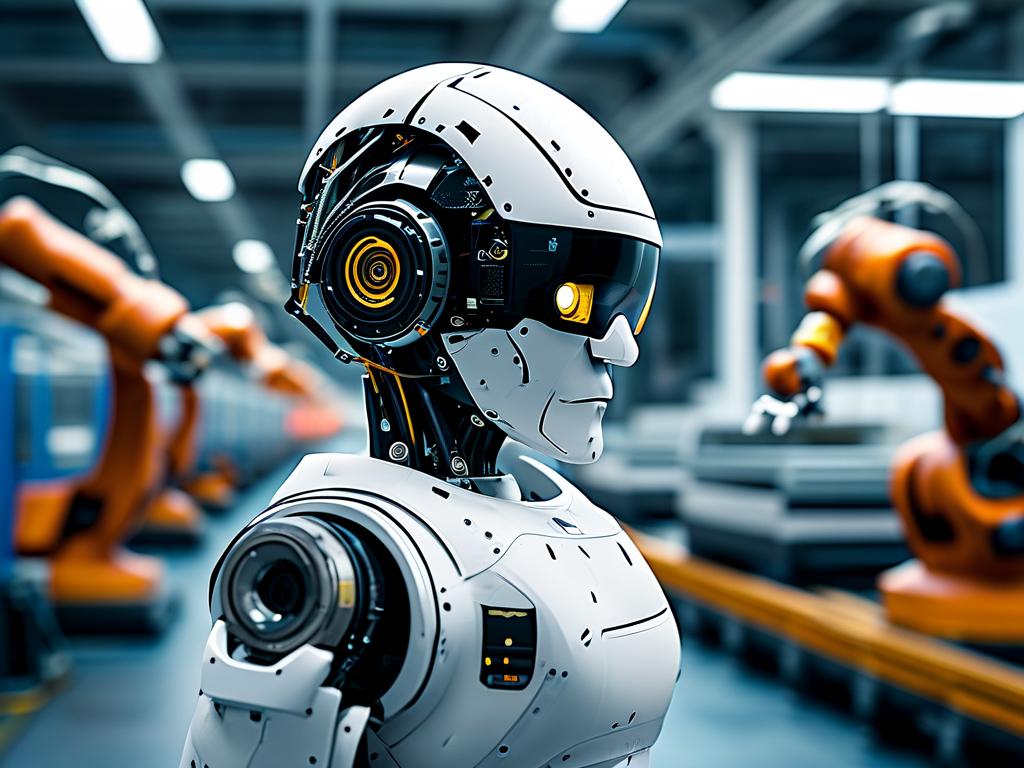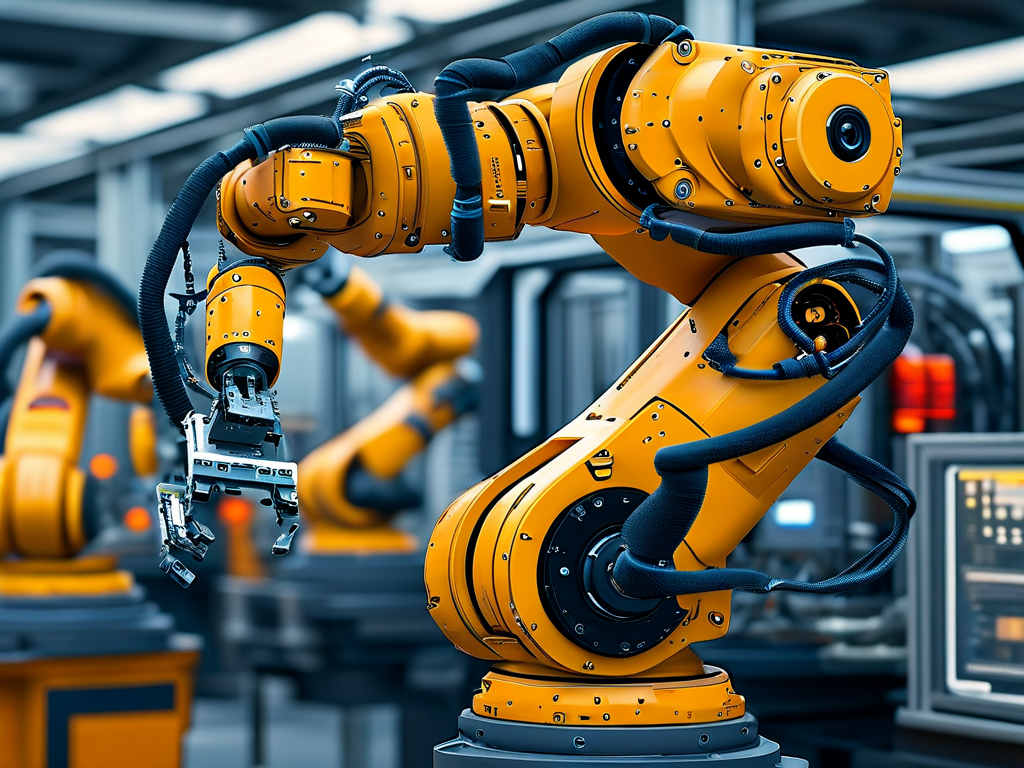The integration of optical technologies into robotics has revolutionized industries ranging from manufacturing to healthcare. Over the past decade, advancements in sensors, imaging systems, and machine learning algorithms have enabled robots to perceive environments with unprecedented accuracy. This article explores the trajectory of robotic optical technology, its current applications, and future possibilities.

Historical Context and Early Developments
Robotic vision systems trace their origins to the 1980s, when early industrial robots relied on basic photoelectric sensors for object detection. These systems were limited to binary tasks—detecting the presence or absence of an object on an assembly line. By the late 1990s, the advent of charge-coupled device (CCD) cameras introduced grayscale imaging, allowing robots to perform rudimentary quality checks. However, processing power constraints and high costs hindered widespread adoption.
The turning point came in the 2010s with the rise of complementary metal-oxide-semiconductor (CMOS) sensors. These components offered higher frame rates, lower power consumption, and compatibility with embedded processors. Concurrently, breakthroughs in convolutional neural networks (CNNs) enabled real-time image analysis, laying the groundwork for modern robotic vision.
Core Technologies Driving Progress
Today’s robotic optical systems leverage three key innovations:
- Multispectral Imaging: By capturing data across visible and non-visible wavelengths (e.g., infrared or ultraviolet), robots can identify material properties, detect chemical leaks, or monitor crop health in agriculture. For instance, agribots equipped with hyperspectral cameras analyze soil moisture and plant vitality with 95% accuracy.
- 3D Depth Sensing: Time-of-flight (ToF) sensors and structured light systems enable robots to map environments in three dimensions. Amazon’s warehouse robots, for example, use ToF to navigate dynamic spaces while avoiding collisions.
- Adaptive Optics: Inspired by astronomical telescopes, adaptive lenses adjust focal length dynamically. This technology allows surgical robots to maintain focus during minimally invasive procedures, even when organs shift position.
Industry-Specific Applications
Healthcare
In robotic-assisted surgery, optical coherence tomography (OCT) provides micron-level resolution for imaging tissues in real time. The da Vinci Surgical System integrates OCT to help surgeons distinguish between cancerous and healthy cells during tumor removals. Meanwhile, rehabilitation robots use eye-tracking optics to interpret patient gestures, enabling quadriplegics to control devices via gaze.
Agriculture
Autonomous harvesters employ multispectral cameras to identify ripe produce. A strawberry-picking robot developed by Harvest CROO Robotics combines near-infrared imaging with AI to assess fruit ripeness, reducing waste by 30%. Similarly, drones equipped with LiDAR create 3D maps of orchards, optimizing pesticide distribution.
Manufacturing
Optical inspection robots now detect defects smaller than 10 micrometers in semiconductor wafers. Companies like Fanuc deploy vision-guided robots that adjust welding paths in real time by analyzing thermal patterns through infrared cameras.
Challenges and Ethical Considerations
Despite progress, technical hurdles persist. Low-light environments remain problematic for many vision systems, though emerging solutions like event-based cameras—which mimic biological retinas by responding only to brightness changes—show promise. Privacy concerns also arise as robots gain facial recognition capabilities. Regulatory frameworks must balance innovation with safeguards against misuse.
Future Directions
Researchers are exploring quantum imaging to achieve sub-diffraction-limit resolution, potentially allowing nanobots to manipulate individual cells. Another frontier is neuromorphic optics, which replicate the human visual cortex’s efficiency. Meta’s recent prototype of a tactile-visual robot hand, capable of “feeling” textures via laser interferometry, hints at a future where robots merge multiple sensory modalities.
Robotic optical technology is no longer a niche field but a cornerstone of automation. As sensors shrink in size and grow in capability, robots will perceive the world with ever-greater sophistication—transforming industries and redefining human-machine collaboration. The next decade may see optics-enabled robots transitioning from specialized tools to ubiquitous partners in daily life.


